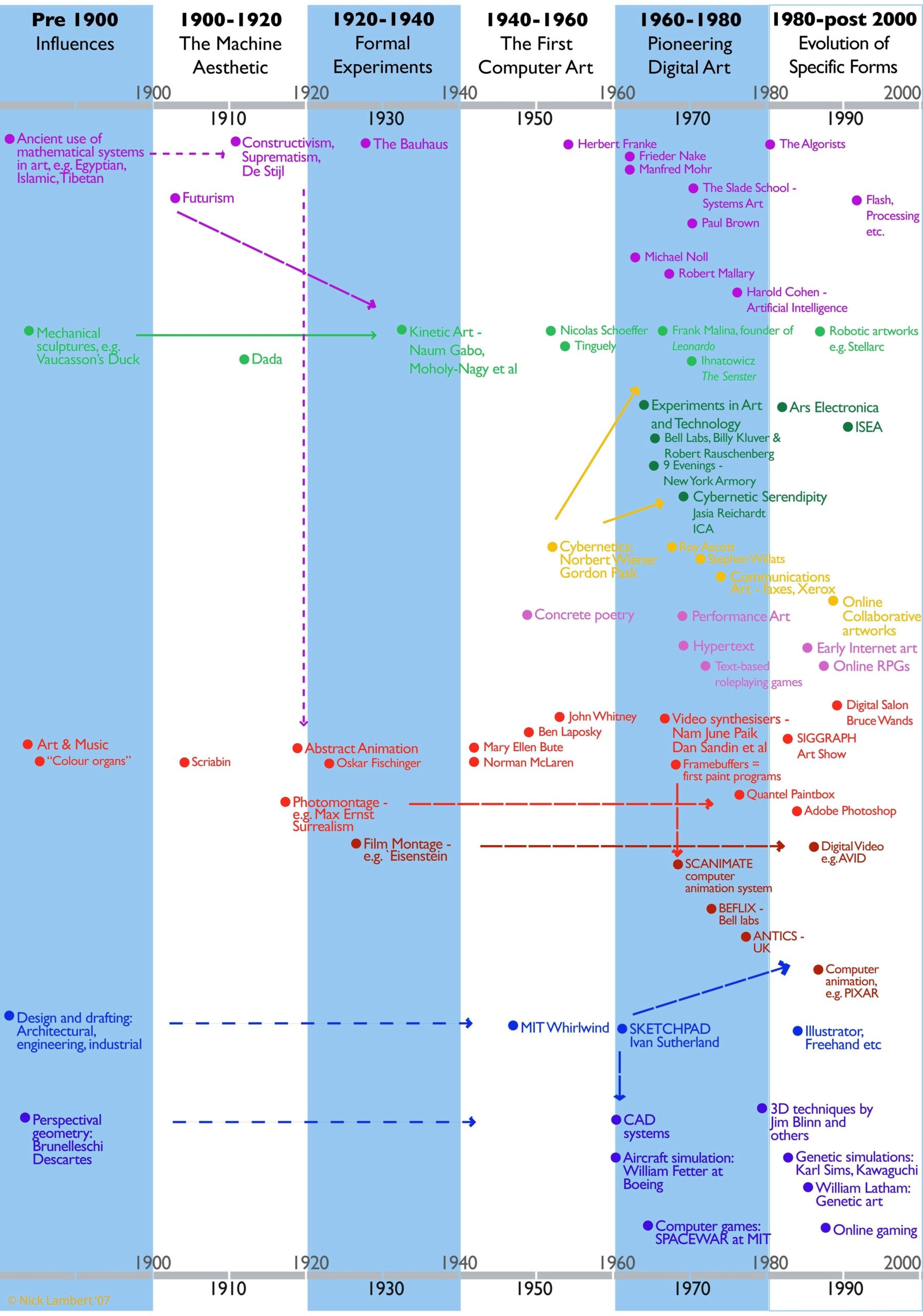
Art History is a field of study that explores the visual and material culture of human societies across time and space. It examines how people have expressed themselves, their beliefs, values, and identities through various forms of art, such as painting, sculpture, architecture, photography, and more. Art History also analyzes the historical, social, political, religious, and aesthetic contexts that influenced the creation, reception, and interpretation of art. Art History is an interdisciplinary practice that draws on methods and theories from other disciplines, such as history, philosophy, sociology, anthropology, and psychology.
Art History can be divided into different periods and movements, based on the chronological, geographical, and stylistic characteristics of the artworks. Some of the major periods and movements in Art History are:
– Prehistoric art: The earliest forms of human artistic expression, dating from the Paleolithic to the Neolithic eras, such as cave paintings, figurines, and megaliths. Prehistoric art reflects the beliefs, rituals, and daily life of early humans, as well as their interactions with nature and other cultures.
– Ancient art: The art of ancient civilizations, such as Egypt, Mesopotamia, Greece, Rome, China, India, and Mesoamerica, from the Bronze Age to the fall of the Roman Empire. Ancient art encompasses a variety of media, genres, and styles, such as sculpture, pottery, painting, mosaic, architecture, and writing. Ancient art reveals the religious, political, and cultural aspects of these societies, as well as their achievements in science, technology, and art.
– Medieval art: The art of the Middle Ages, from the 5th to the 15th centuries, in Europe, Byzantium, and the Islamic world. Medieval art is characterized by the dominance of Christian themes and symbols, as well as the influence of classical and oriental elements. Medieval art includes illuminated manuscripts, stained glass, frescoes, icons, mosaics, metalwork, and architecture, such as Romanesque and Gothic cathedrals. Medieval art reflects the spiritual, social, and intellectual developments of the medieval period, as well as the diversity and exchange of cultures.
– Renaissance art: The art of the 14th to the 16th centuries, mainly in Italy, France, and the Netherlands, that marked a revival of interest in classical antiquity and humanism. Renaissance art is noted for its realism, naturalism, perspective, proportion, and anatomy, as well as its innovation and experimentation in painting, sculpture, architecture, and printmaking. Renaissance art expresses the ideals, values, and achievements of the Renaissance, such as human dignity, individualism, rationality, and
